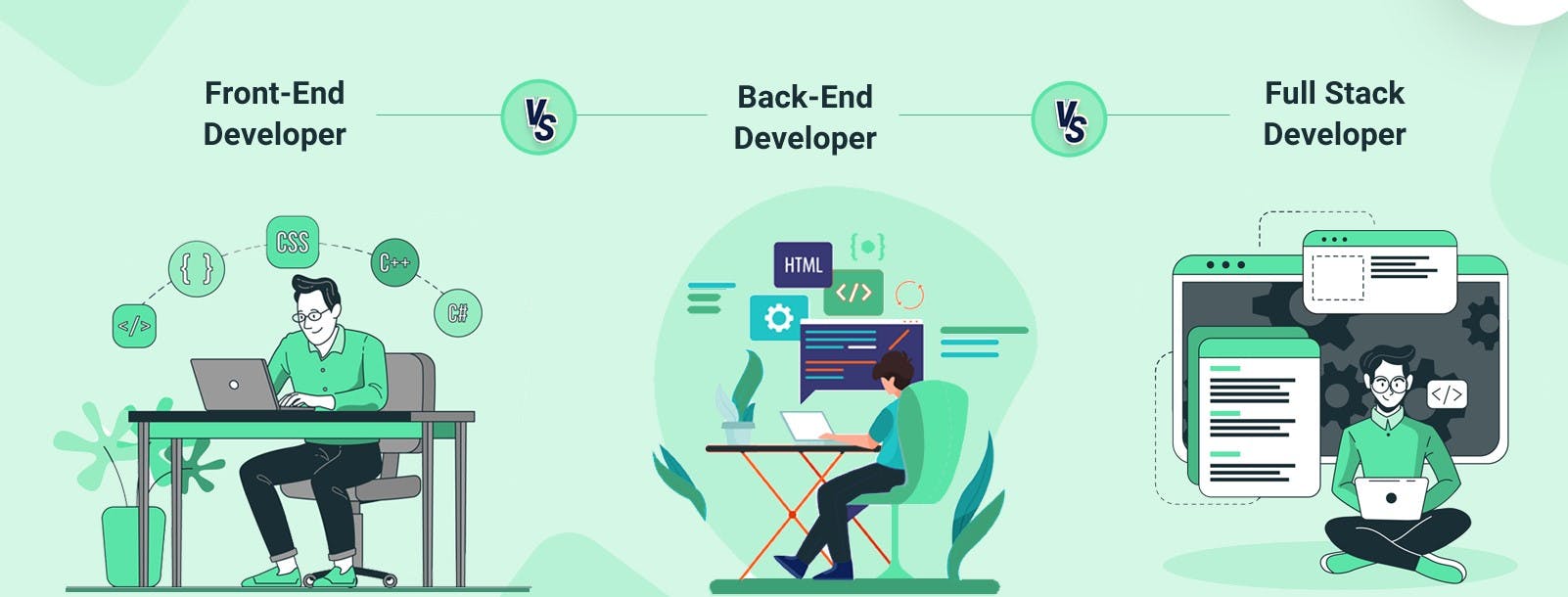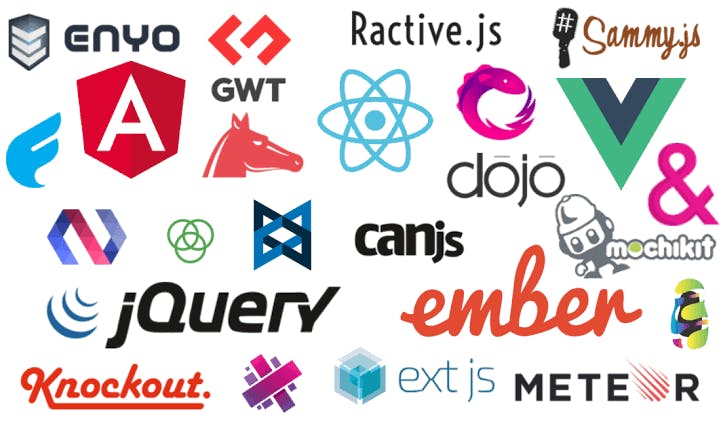One of the prime reasons I started writing blogs was to help others who are facing similar challenges as I did when I was just starting out. I understand how daunting it can be to take on something new, and I want to give hope to those who feel like they are struggling and alone. By sharing my own experiences and the solutions I found, I hope to provide guidance and support to those who are just starting out on their own journey.
Well, today in this blog post we will be demystifying and trying to make sense of the various tech stacks that you get to hear about in the web development ecosystem. I have tried to keep the blog very crisp and to the point.
Technology Stack
A Technology Stack is a set of technologies that are stacked together to build any application. In today's day and age, a technology stack has become very much essential for building easy-to-maintain, scalable web applications.
To put it simply, A Technology stack determines the type of applications you can build, the level of customizations you can perform, and the resources you need to develop your application.

Components of a Web Tech Stack
- Frontend: browser, Programming Language, Frameworks.
Modern web applications are based on HTML, CSS, JavaScript, TypeScript, or frameworks based on JS, like React, Vue, and Express.
- Backend: database, web server, operating system.
The backend or server-side tech stack consists of many components, like database, server, framework, and operating system.
- FullStack:
It consists of both frontend and backend technologies—for example, Angular for the UI, a framework like Django for the application logic, and a database like MongoDB for managing data.
TechStack Components:
User Interface
Programming Languages
Frameworks
Runtime Environment
Servers
Databases

Different Tech Stacks:
MEAN stack: MongoDB, Express, Angular, and Node.js.
MERN stack: MongoDB, Express, React, and Node.js.
MEVN stack: MongoDB, Express, Vue, and Node.js.
LAMP: Linux, Apache, MySQL, and PHP.
Frameworks VS Libraries
Now while we are at it, I would like to extend the blog a little further and elaborate on the difference between Frameworks and Libraries: terms that are often used interchangeably by most of us.
The goal of frameworks and libraries is the same: to expand the range of out-of-the-box functions available to developers, optimizing their workload and reducing room for error and inefficient code.

A framework enables a coding environment that contains low-level libraries to address conventional coding issues. The objective of a framework is to deliver faster development of an application.
A library is a collection of reusable, compiled, and tested code that can facilitate the automation or augmentation of application functionalities.
The framework controls the calling of libraries for our code, while it is our code which controls when and where to call a library.
Some well-known examples of-
Libraries: React & Jquery.
Frameworks: Angular & Vue.
And with that, we have approached the end of this blog. I hope this post has been helpful and I look forward to sharing more with you soon :)
